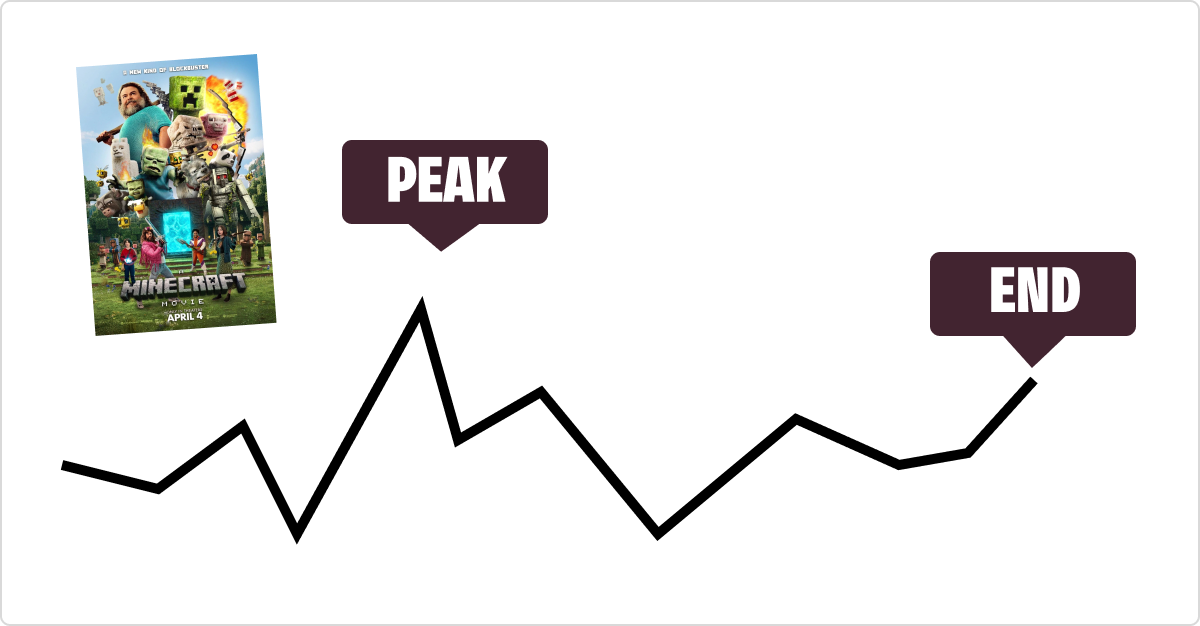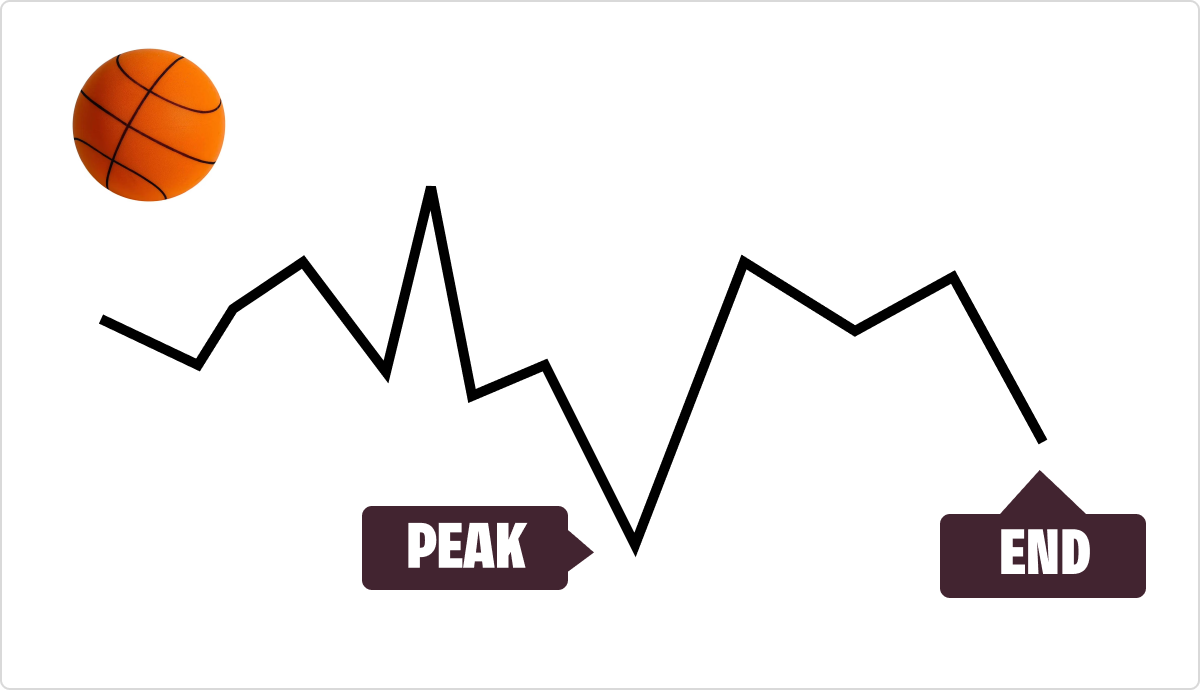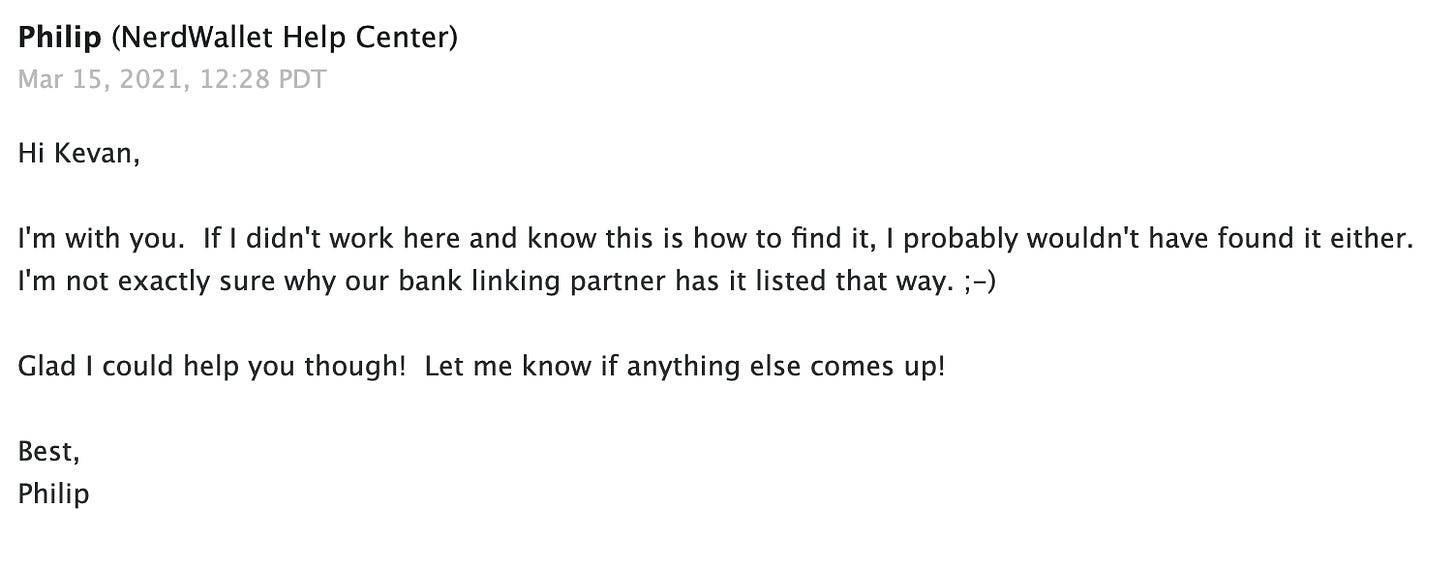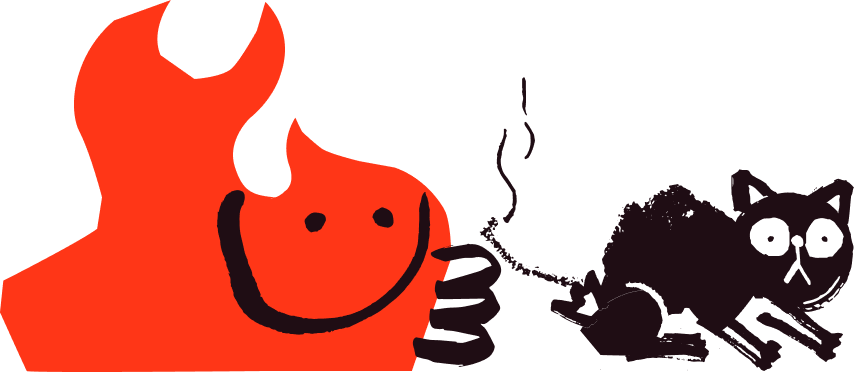How to leave an impression
Why we remember things fondly
Hi there! You’re reading the Bonfire newsletter from Kevan Lee & Shannon Deep. Each week, we highlight brand, marketing, and creative learnings from our experience as in-house marketers turned agency owners who think a lot about creativity, our relationship to work, and how all of that impacts our identities. We’ll also feature insights from our digital community of super smart folks (which you’re welcome to join).
Wishing you a great week!
The Peak-End Rule
In one of the most beautiful ballads from Phantom of the Opera, the heroine of the story, Christine, takes her place in front of her theater company to prove her ability to fill in as the leading role in their upcoming opera, and she wows her peers with the song, “Think of Me:”
Think of me, think of me fondly
When we've said goodbye
As she sings these words, as the music builds, is she … recalling the academic research of Drs. Daniel Kahneman and Barbara Fredrickson who popularized behavioral psychology and the experiential characteristics of memory?
Probably not.
It would have made for a weird lyric, her singing a research bibliography. But Kahneman and Fredrickson’s research may have quieted Christine’s fears of how she’d be remembered because, based on the researchers’ findings in 1993, thinking of people fondly is a scientifically-proven formula. If Christine wanted people to think of her fondly, she simply had to follow the Peak-End Rule.
The Peak-End Rule secretly runs the world
Ever wonder why you still rave about that one-week vacation from three years ago, even though it rained and poured for half of it?
Or why you look back at an old job with rose-colored glasses, conveniently forgetting the soul-sucking Zoom meetings and tell-me-one-fun-thing-from-your-weekend?
This is the Peak-End Rule at work.
Coined by psychologists Kahneman and Fredrickson and popularized in Kahmenan’s book Thinking, Fast and Slow, the Peak-End Rule is a psychological heuristic that says we judge experiences not by their average, but by two key moments: the emotional high point (or low point) and how it all ends. When people remember an experience, their retrospective evaluation is driven mainly by the most intense moment (the “peak”) and the final moment (the “end”), rather than by the overall duration or average of the experience.
For example, think of a recent movie you saw. How do you remember it?
(I saw the Minecraft movie. It was pretty good!)
Now, what was the most emotionally intense moment of the movie for you, good or bad, and how did you feel about the movie’s ending?
Chances are, these two elements determined your overall feelings about the experience.
(Notably, my most emotionally intense moment was my delight in the portrayal of life in small-town Idaho, which is where I live, and the movie had an emotionally satisfying ending for me.)
The same thing happens with sports. You might remember your favorite team’s basketball season as an abject disaster because you lost a regular season game to your biggest rival in a devastating fashion, and you got bounced out of the playoffs way earlier than anyone had hoped. Your brain will conveniently ignore all the highs throughout the year—big wins, high-flying dunks, exciting finishes—in lieu of these two major emotional touchpoints.
As you can imagine, you can apply the Peak-End Rule to pretty much any experience worth remembering.
Jobs.
TV shows. (Arggh, the ending of Lost definitely colored my experience!)
Friendships. (Thinking fondly of Billy McClanaghan from fourth grade.)
High school.
Date nights.
The Peak-End can be applied to long-term recollections, like looking back over the course of a sports season or a Master’s program or summer abroad.
And it can also be applied to short-term memories, like how you felt about that job interview you just had, that workout you just finished, or that meal you just ate.
Big or small, long or shot, keeping the Peak-End Rule in mind can help you better understand why it is you’re responding to certain situations in certain ways. And, knowing this psychological superpower, it can also help you shape your own experience and the experiences of others as you go about your work, life, and career. Let’s take a closer look.
Putting the Peak-End Rule to work
As you’ll notice with some of the above examples of the Peak-End Rule, certain experiences have an explicit ending. Movies end. Sports seasons end. But more often than not, we humans are constantly reflecting on experiences that are ongoing-—the “end” in the Peak-End Rule of a relationship or a job or a brand story is constantly being updated with each new touchpoint that we tack onto our longstanding interactions.
My glass-half-full view of this: how great that we get to keep re-shaping our story!
Now that we know how the Peak-End Rule informs our memories, we can be more cognizant of what we’re feeling in the moment and what feelings we’re creating for others. There are tons of places to apply this (it’d be cool to hear any of your ideas in the replies), but here are four that I’ve found interesting to reflect on:
Brand marketing
Team management
Job search
Content and storytelling
How to use the Peak-End Rule for your brand
Brand sentiment measures how people feel about a brand at any given point in time, which is basically a quant version of the Peak-End Rule. Therefore, you’d think the brand sentiment playbook is pretty straightforward:
Create as many big, positive, emotionally-resonant brand moments as possible (the “peak”)
Make sure that any negative moments are avoided or minimized, because you never know if that negative moment might be your person’s “end” touchpoint with you
As you know, the “end” is never really the end. If a negative moment happens and your person goes away for awhile, it’s all the more incentive for your brand team to keep making awesome stuff in order to elevate the next touchpoint for whenever the person comes back, whether it’s in a week, a month, or a year.
For big, positive, emotionally-resonant brand moments, think about these:
Super fun brand campaigns (Photoroom’s Erase Your Ex is a great example)
Surprise upgrades or discounts
Personalization that actually means something (Spotify Wrapped did this well, at least in previous years)
Strong responses to culturally “big” moments: natural disasters, humanitarian crises, etc.
For scrubbing all those negative moments, be wary of:
Social media feeds and profiles that feel incomplete or unprofessional or tone deaf
Over-emailing, over-promoting, or just generally too much talking that could turn someone off (SMS marketing is a big sketchy one for this!)
Actual crises: data leaks, getting hacked, email mistakes, etc.
There’s actually a number of great case studies of companies who handled big security incidents so well that it kind of turned into a positive for the business and the brand. Here’s one that happened at Buffer, incidentally just a few weeks before I joined the company (so I can take no credit for how well everyone responded).
And then also note that the “end” touchpoint for people is going to be way different (and way more or less in your control) based on where the person is in the customer journey.
Brand sentiment, pre-conversion: Driven by marketing and all the various comms channels we have at our disposal
Brand sentiment, pre-conversion (B2B): For B2B companies in particular, the closer you get to conversion, the more likely that the “end” touchpoint will be the most recent sales call or contract negotiation
Brand sentiment, post-conversion: Largely driven by the order / purchase experience, by customer support conversations, and by customer success relationships
So all this to say, maybe share this email with your sales and support teams so that they know how important their conversations are for the good of the brand!
(Here’s a really wonderful email that ended my support convo with the Nerd Wallet team several years ago. I still think of it fondly. It went from my “end” experience to my “peak” experience.)
How to use the Peak-End Rule to manage your team
As we all have repeatedly experienced, no job is perfect all the time. And yet there are many jobs that we might look back on and remember fondly or are currently in the midst of that seem all good despite some of the bad stuff. What’s the big secret?
Well, if you are a people manager or a leader for one of these jobs, it helps to keep the Peak-End Rule in mind, ensuring that you’re aware of the big emotional moments and paying attention to all the little “end” moments that might color someone’s perspective.
Possible big moments to be aware of:
Major marketing launches
New hires and team growth
Layoffs and all-hands-on-deck revenue emergencies
Team retreats
Examples of “end” points:
Someone actually leaving; it is their last day
How you end your Friday
How you end your weekly 1:1 meetings
How to use the Peak-End Rule for your job search
Whether you’re actively interviewing or just exploring the market, the way you’re remembered as a candidate often comes down to two things: your “peak” moment in the process, and the way you leave your final impression. The middle—those email back-and-forths, scheduling hiccups, or small talk—tends to fade. I have found this to be a relief: I don’t need to worry about as many things as I typically worried about! Instead, I tried to be aware of big moments I was making with each person on the hiring committee and how I ended every interaction.
Possible big moments to be aware of:
Case studies (I liked to wow people with slides)
A well-told story about your work or a personal experience
A moment of shared humor or genuine connection
Really thoughtful questions for the interviewer (bonus that these also tend to happen toward the end of the interview, leaving a good “end” impression)
Examples of “end” points:
Follow-up emails!
How you close the interview and talk about next steps
How responsive you are to communication in between interviews
How to use the Peak-End Rule for your content and storytelling
Whether you’re giving a presentation, writing a blog post, or producing a campaign, people will judge it far less on the middle than on its highest emotional note and how you close. That’s why crafting your peak and your ending with intent is essential.
For content creators in particular, it’s important that whatever you intend for your big emotional moment be visible and unmissable in your content. So many people skim and skip these days that you’d hate for the reader to miss out on your intended moment altogether.
Possible big moments to be aware of:
A surprising, emotionally charged statistic or insight
A personal story or anecdote that humanizes your message
A visual or metaphor that makes people see the topic differently
A meme
Examples of “end” points:
A tl;dr summary that makes your core message stick
A call-to-action that’s simple, direct, and motivating
A story or point that ties back to your opening in a satisfying way
A final image, phrase, or quote that lingers in the audience’s mind
Speaking of ways to end a good piece of content …
Over to you…
Have you found the Peak-End Rule to be true in your experiences?
What might you do differently knowing how things are remembered?
Let us know in the replies!
Want more like this? Join us in Campout.
In Campout, our digital community, we talk about stuff like this on the daily in our channels and a couple times a month in our live events. All supported by exercises and templates to help you craft a career with purpose and intention.
We just launched a new mini-course called Career Compass. It’s a novel approach to career design, and you can breeze through the lessons in under an hour. One of the best hours you might ever spend, all things considered!
Want to hang out with us this month? Join our digital co-working session on Wednesday, August 27, to see some friendly faces while you work. These sessions are chill and casual—we just want to provide an outlet for human connection in the workday and a place where you can get things done among the low-pressure accountability of friendly peers. RSVP here to add it to your calendar!
And join now to browse our event library and catch replays of…
Career Clarity Workshop with us, Kevan & Shannon
Design a Life That Energizes You with Rachel Korb
Personal Brand on Your Terms and Conditions with Callie Rojewski
Beyond AI Prompts: How to Sound Human When the Robots Want You Basic with Meg Moore
Find Your Fit: Reshaping Your Work, Not Yourself with Mary Jantsch
But wait! There’s more…
Wanna hang out?
We’re SOLD OUT for our first retreat this fall, but you can join the waitlist for our next one, coming spring of 2026.
Wanna be friends?
If you love this newsletter and wish it were more interactive, you’re in luck! Join us over in Campout, our digital community for creative marketers and the creative curious.
Wanna work with us?
If you need help with brand strategy and storytelling, fractional brand and marketing leadership, and bringing your brand strategy to life in impactful ways, send us an email at hello@aroundthebonfire.com to get in touch.
As always, you can find us on LinkedIn, Instagram, and Threads.










Reading this brings me joy